
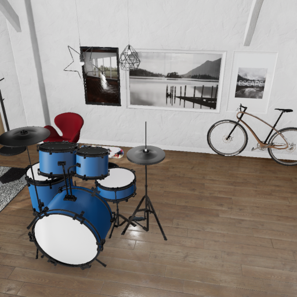 Different camera position
Different camera position
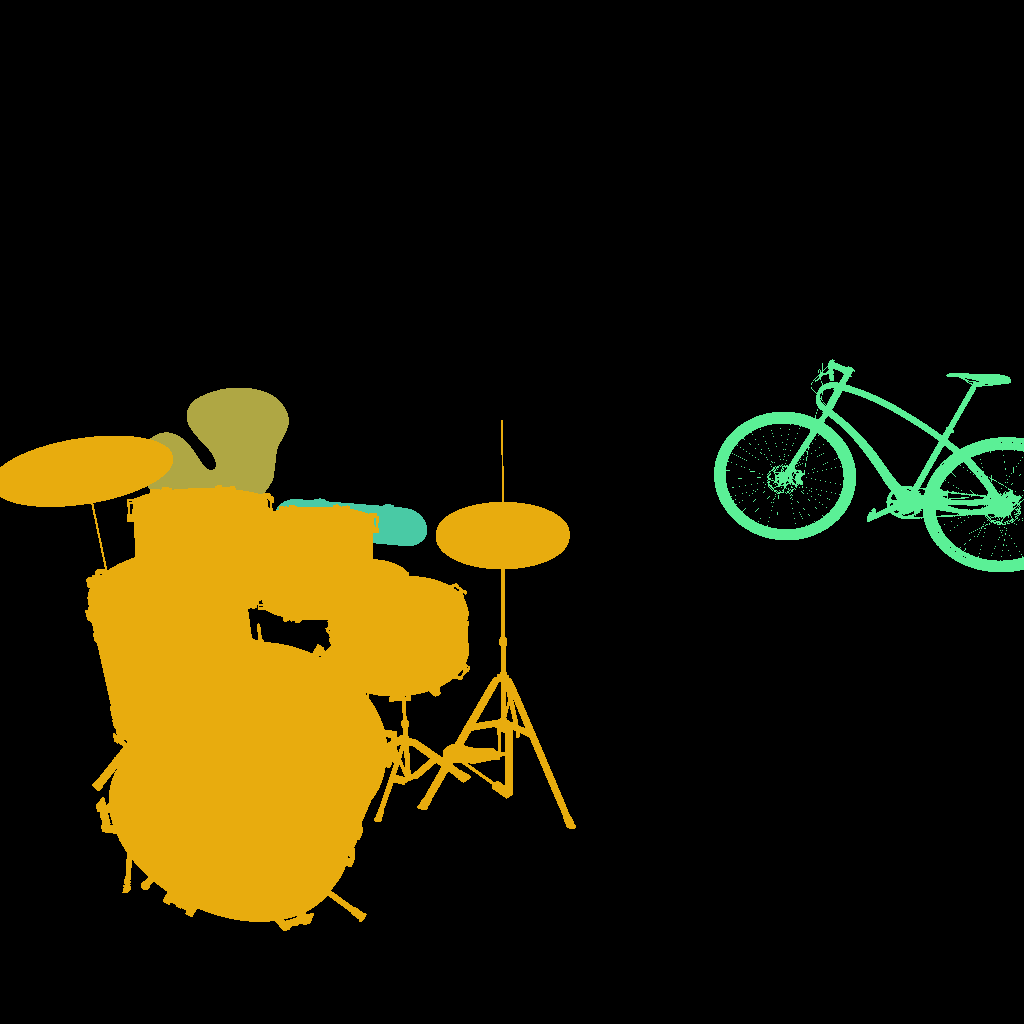 Segmen- tation mask
Segmen- tation mask
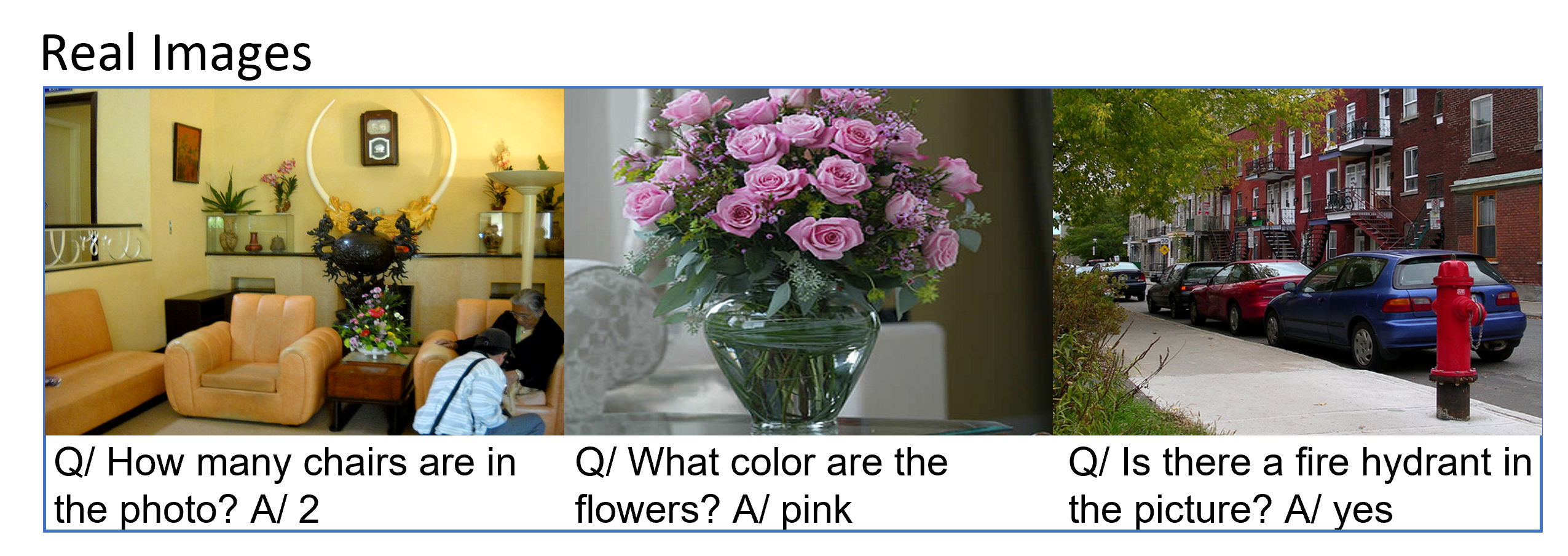
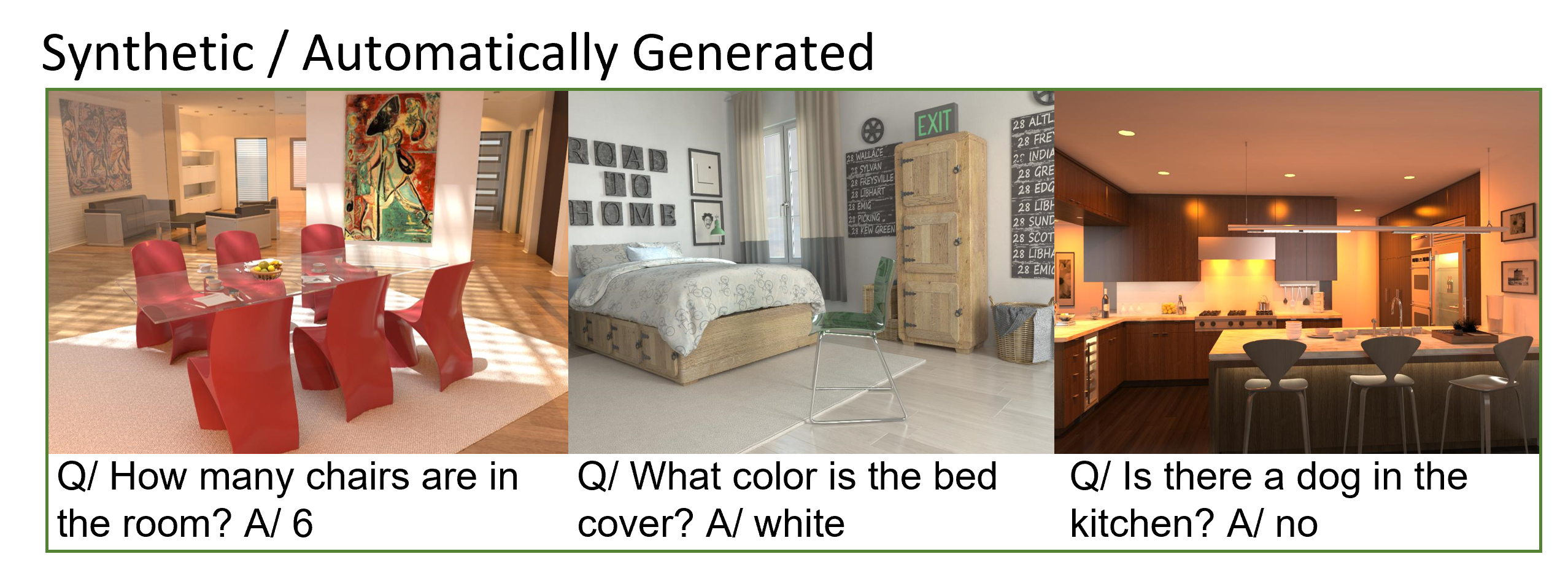
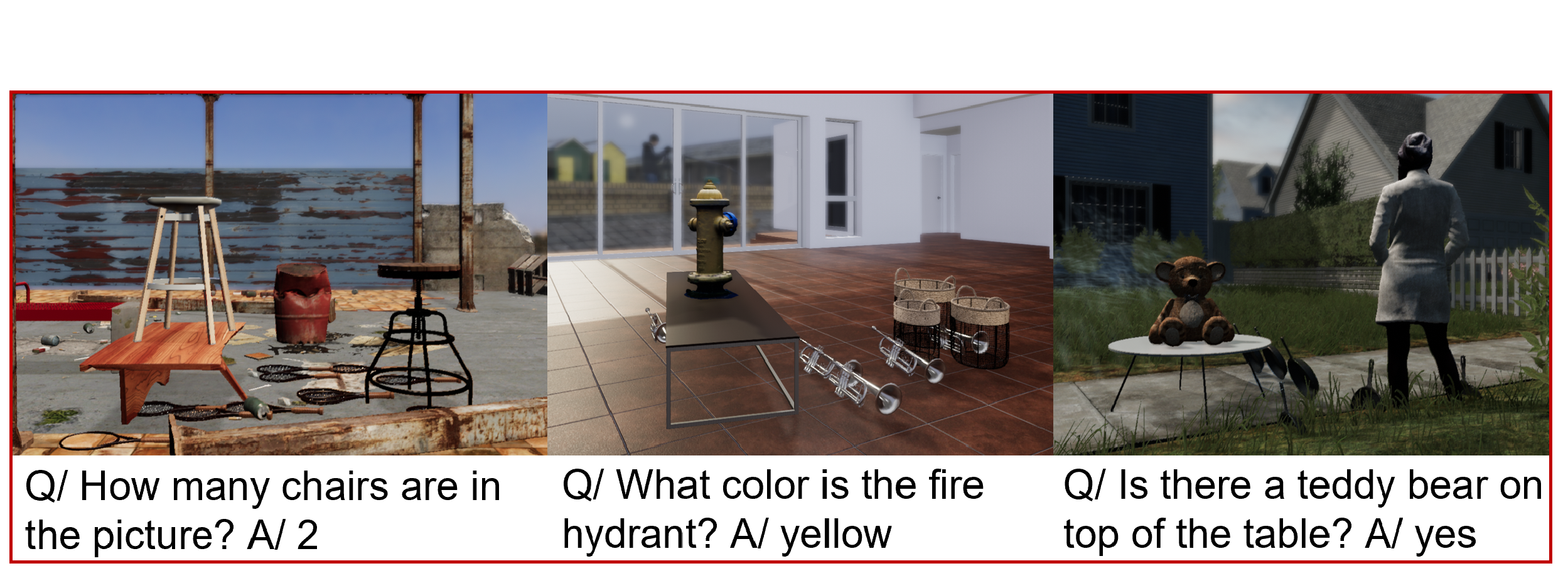
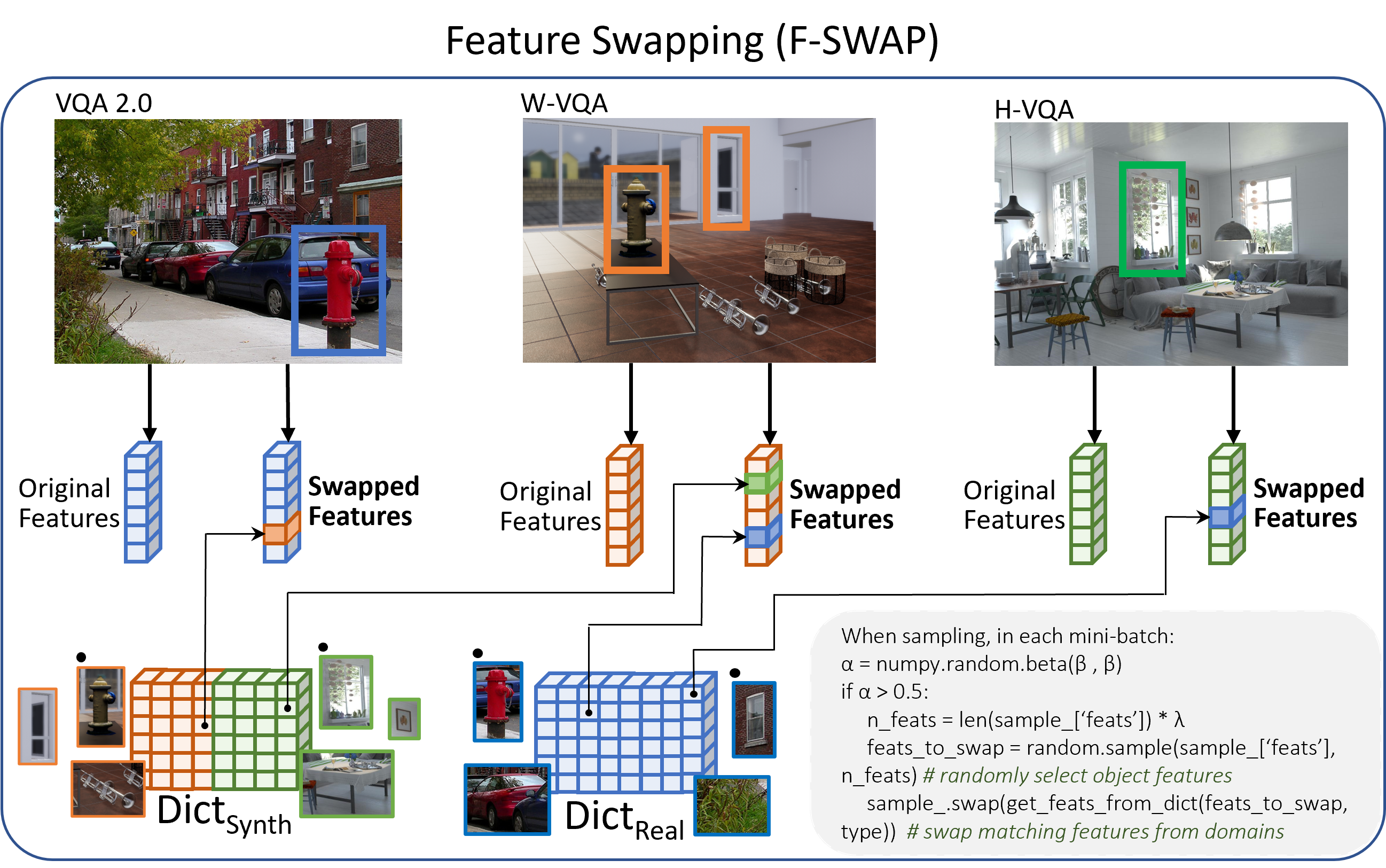
*Image samples from a subset of our TDW-VQA dataset.
**Search criteria for objects is an inclusive or, and FIFO.
It might take a few seconds to load the database for your first search.